David Barbiero is one of several students at Patrick M. Villano School who recently celebrated Rosh Hashanah.
“… Rosh Hashanah is the Jewish New Year, and you’re supposed to revitalize your spirit. I think the best thing is that I get to eat babka. Babka is a very sweet dish … it’s sweet because it’s chocolate bread … you eat sweet food to ensure a very sweet new year.”
A large part of Rosh Hashanah is based on cooking, cuisine, and meals. Hosting is mainly made up of this, where people come together to eat. Some other dishes Barbiero mentioned were challah and honey cakes. Challah is a soft, fluffy bread that is bought braided, and honey cakes are “exactly what they sound like.”
Ava Samuels, another sixth grader, explained more about hosting and visiting.
“You walk in the door, you say happy new year (also known as Shana Tova) you eat, you leave … literally every Jewish holiday, [you make] brisket, with potatoes and carrots. We hosted this year … It’s a happy celebration.”
According to one online dictionary, during Rosh Hashanah: “Forgivness is asked for sins committed during the year.” Some observers view this time as a chance to cleanse oneself and prepare for a new year and new opportunities.
Ms. Emilee Barbiaro, a Westwood resident, also celebrates Rosh Hashanah. It’s always in the fall, butnot usually on the same day.
“In the Jewish calendar, it’s just how it lands,” Barbiaro explained.
This year, Rosh Hashanah started on Wednesday evening, October 2, and ended on Friday evening, October 4.
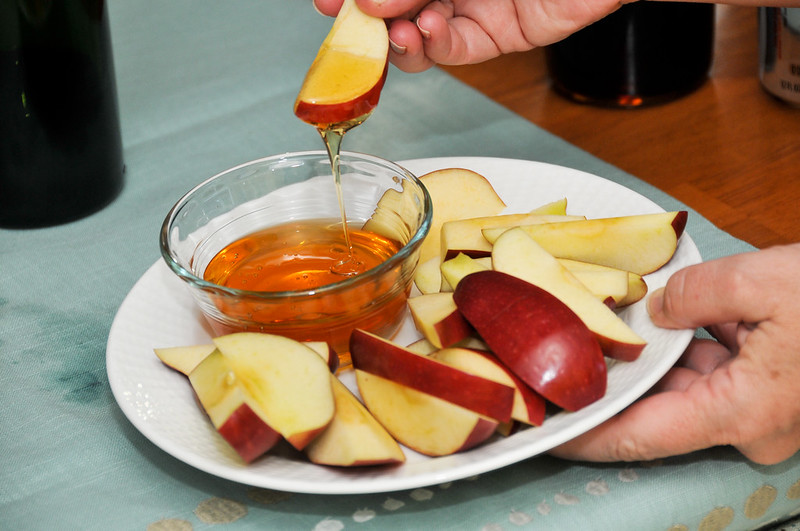
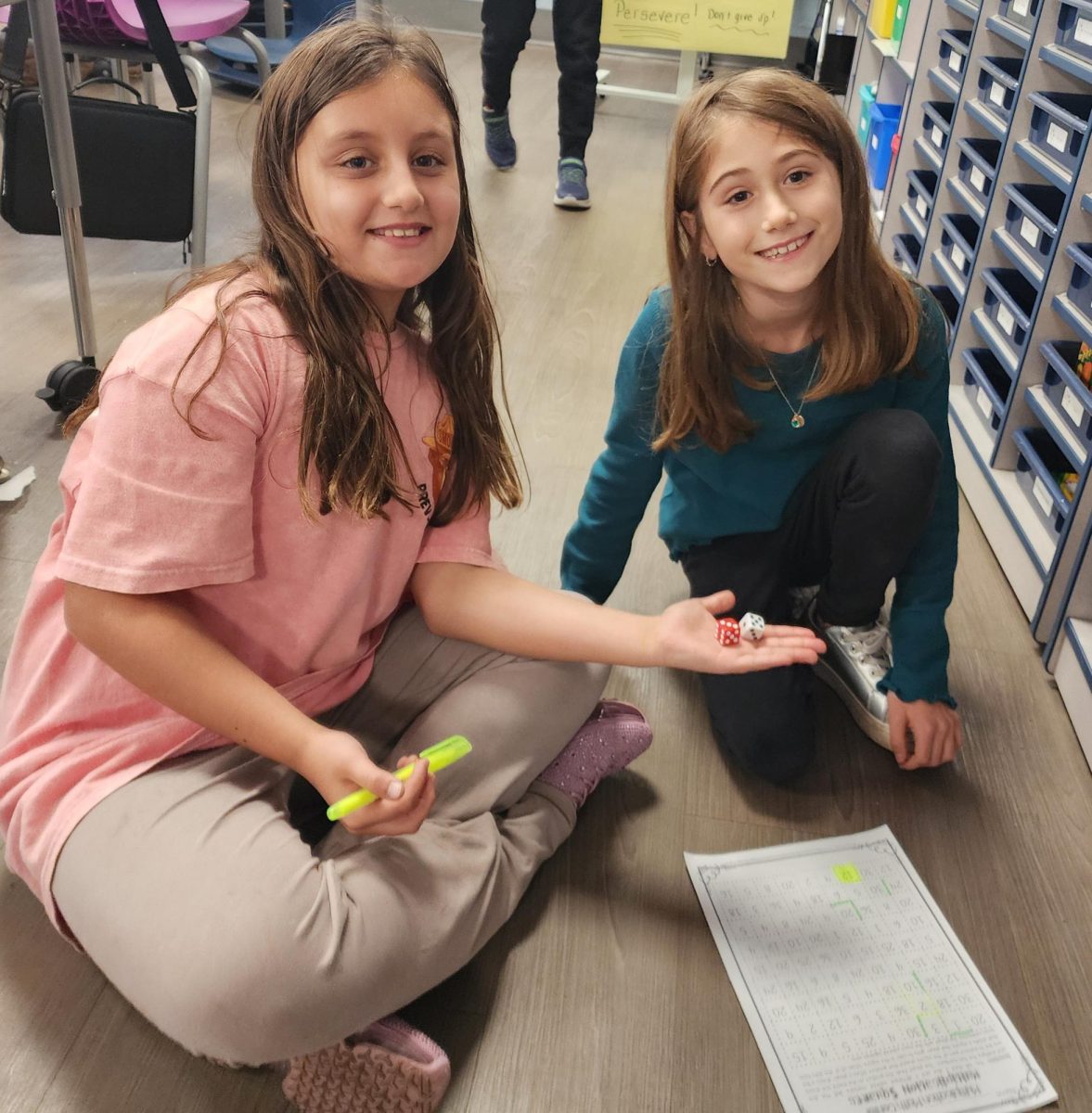
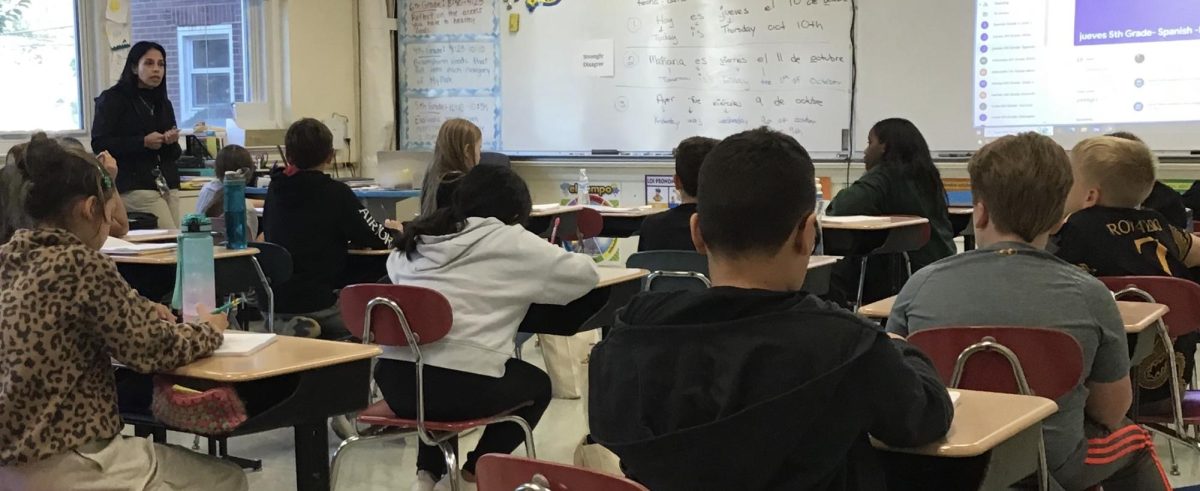
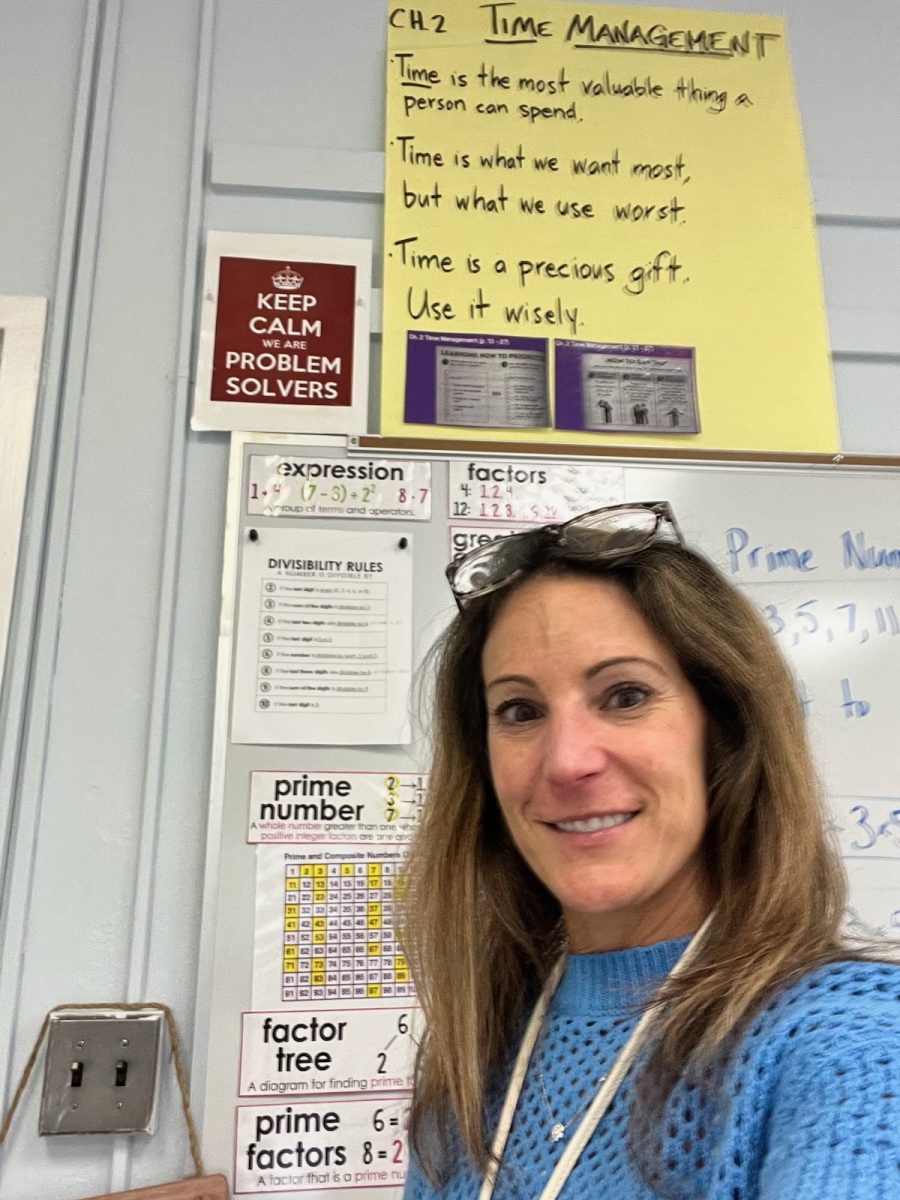
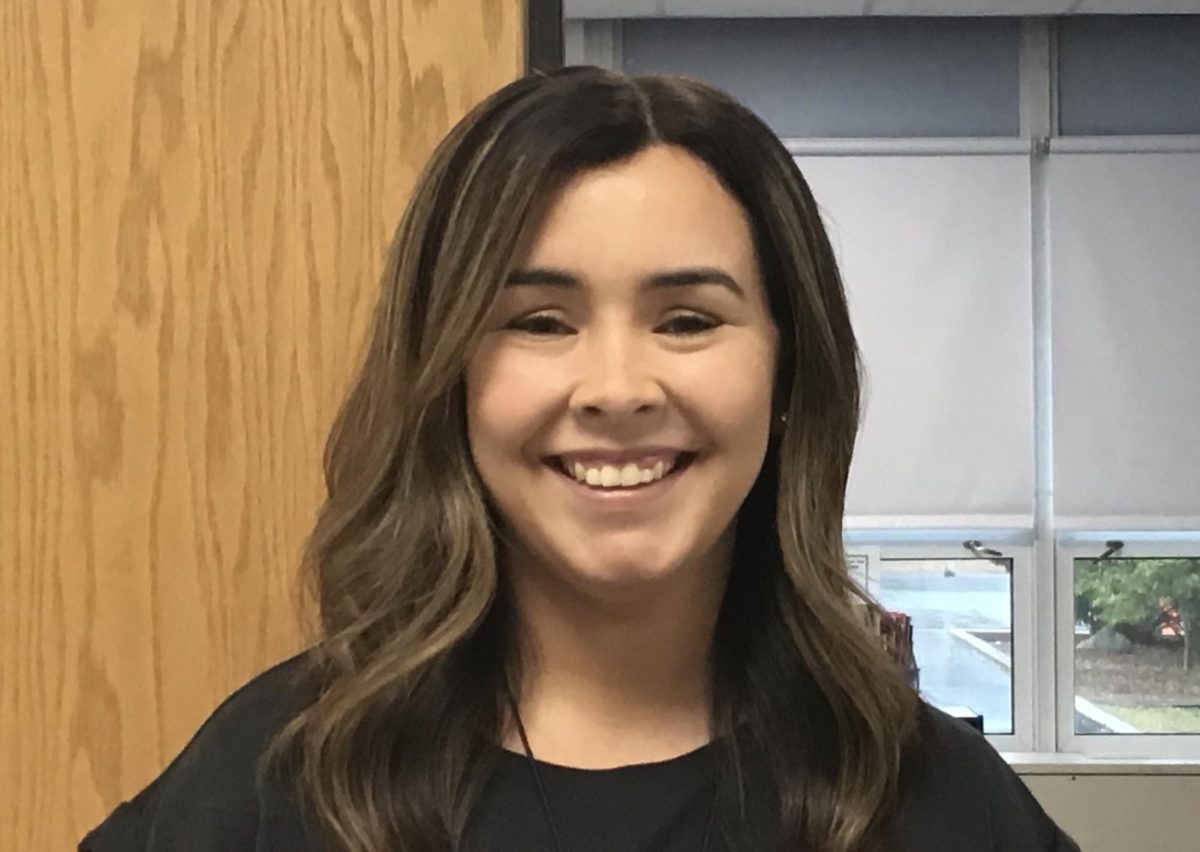
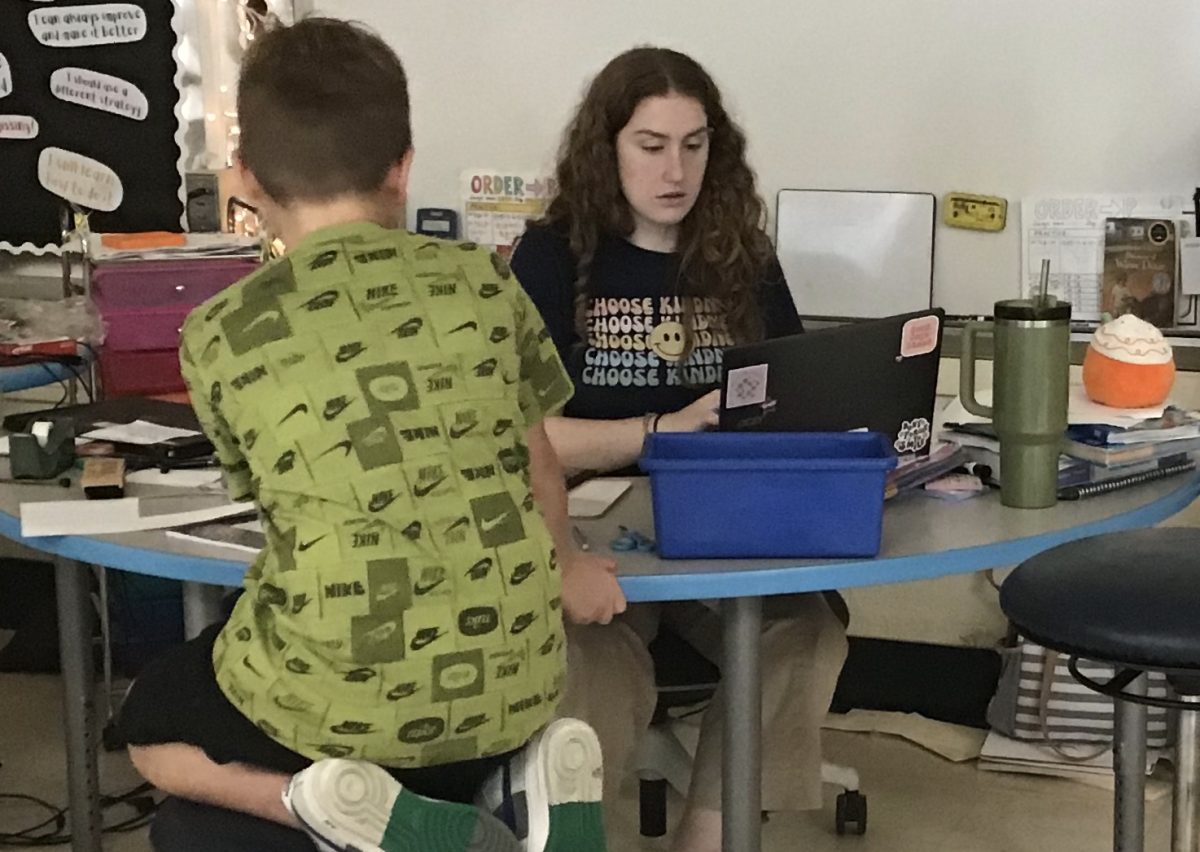
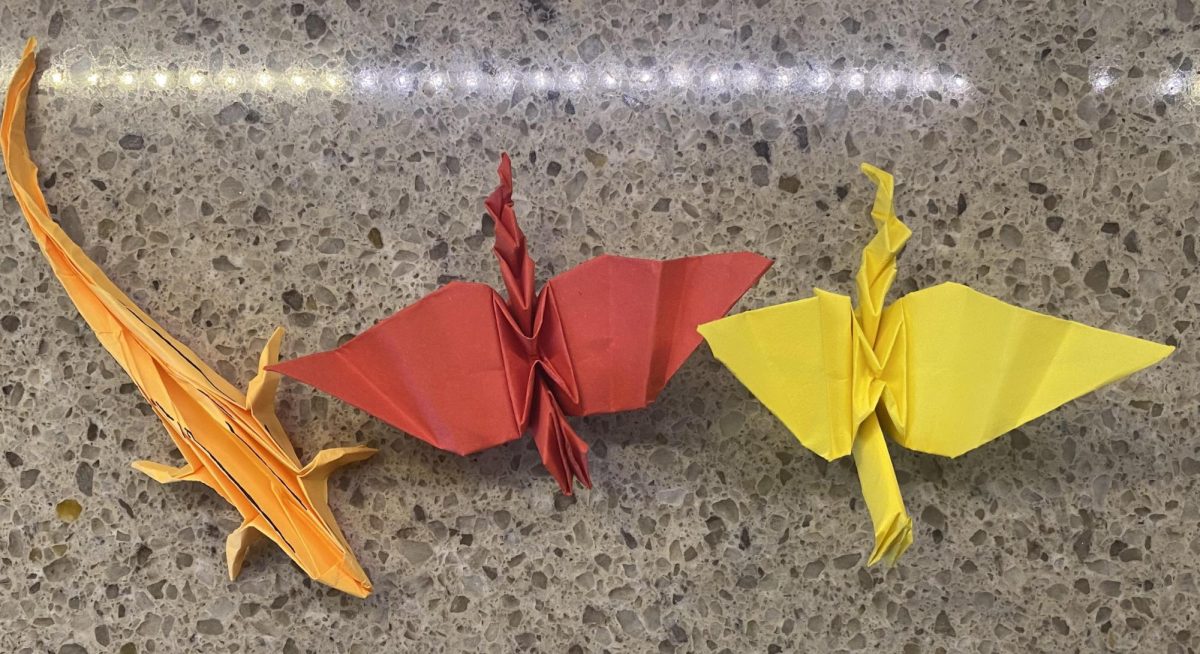
Layla robayo • Dec 18, 2024 at 3:24 pm
Hope he had an amazing Rosh Hashanah.